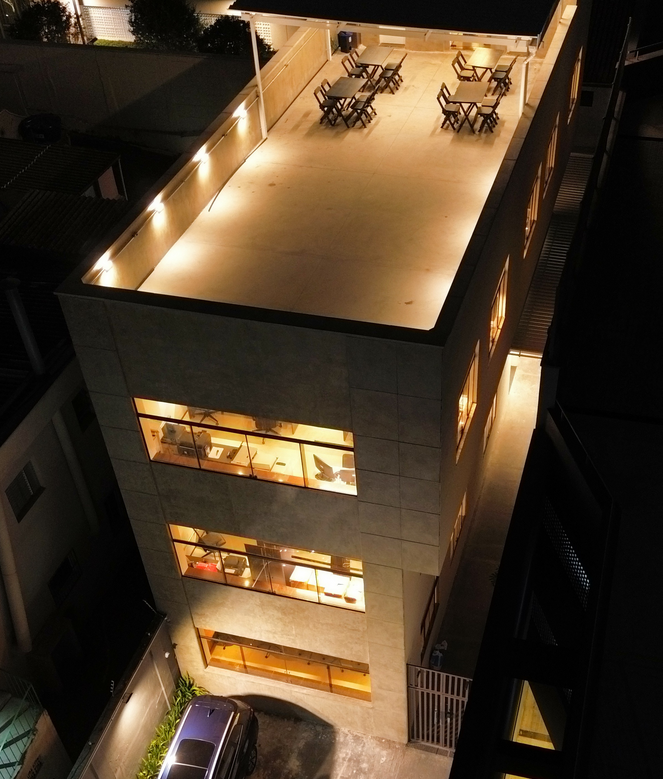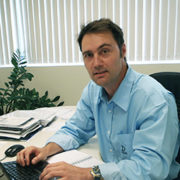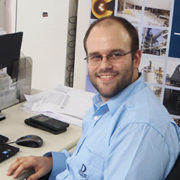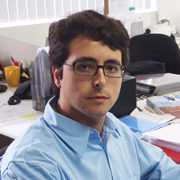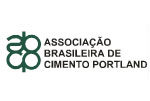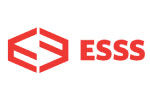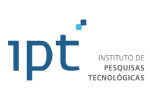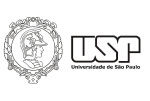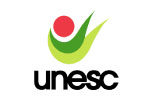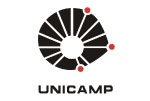In 2003 Dynamis started its history by providing different industry sectors with innovative solutions. Focused on the subjects of thermal, energy and fluid mechanics, the company creates innovations that result in more efficiency and cost reduction for the customers.
Results and satisfaction obtained by customers have grown Dynamis into a reference center for innovation. The company is now multinational with the head office located in Brazil, branch offices and agents in many countries around the world.
Throughout this history more than 300 projects were developed and implemented, leading clients towards extraordinary savings. Customers come from the sectors of cement, mining, food, agribusiness, metallurgy, pulp and paper, oil and gas.
With technical solutions ranging from equipment to service, the company is already a global reference in the market.
All the technology offered to customers came from a strategic planning focused on innovation, which included renowned partners, solid investments, research projects and outstanding engineers solving problems and delivering results.

